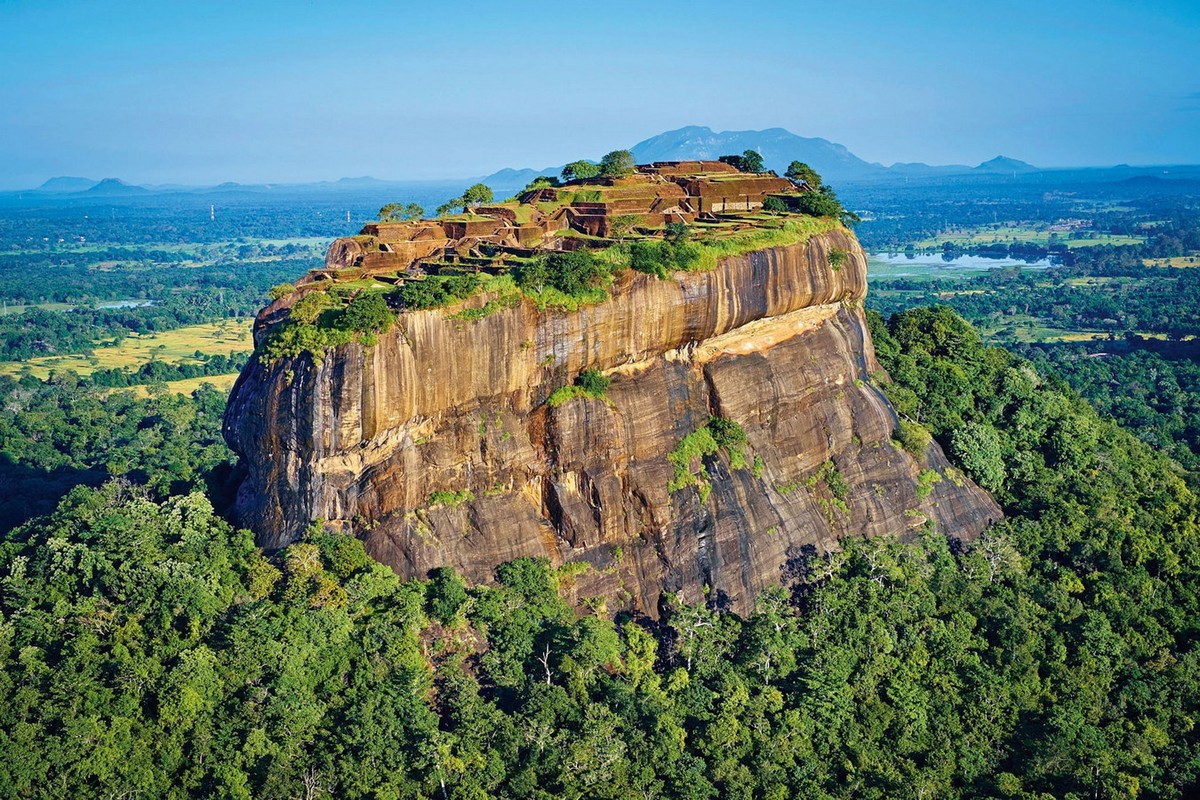
Located on the outskirts of Matale city in the island nation of Sri Lanka, Sigiriya (meaning Lion Rock) is the name of a unique ancient monument famous worldwide. Photo: National Geographic.
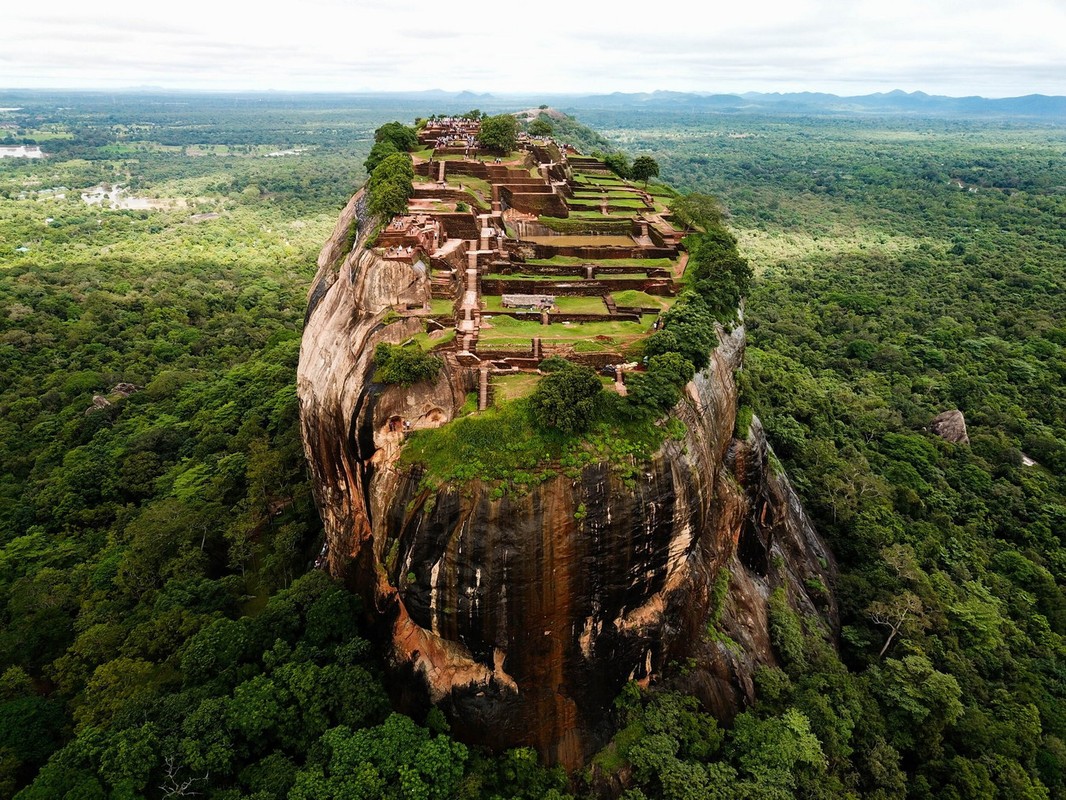
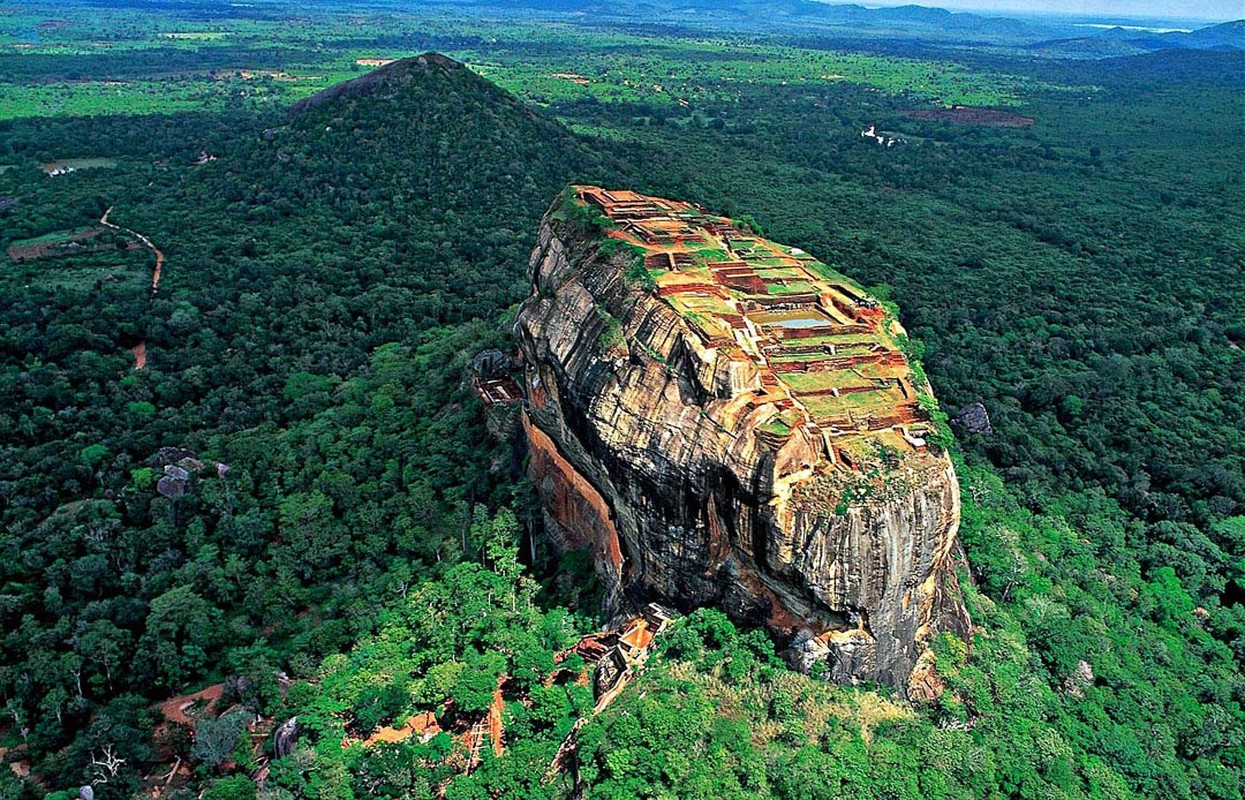
This is an architectural complex of citadels and palaces built on the flat surface of a rocky mountain with vertical cliffs. Photo: Sigiriya.live.

The main gate of Sigiriya is a pair of giant lion feet, carved into the rock. Photo: Documentary Tube.

From the gate, there is a system of steps carved into the rock leading to the top of Sigiriya. To ensure safety, a new system of stairs has been built in recent decades to serve the needs of visitors and research. Photo: Wikipedia.
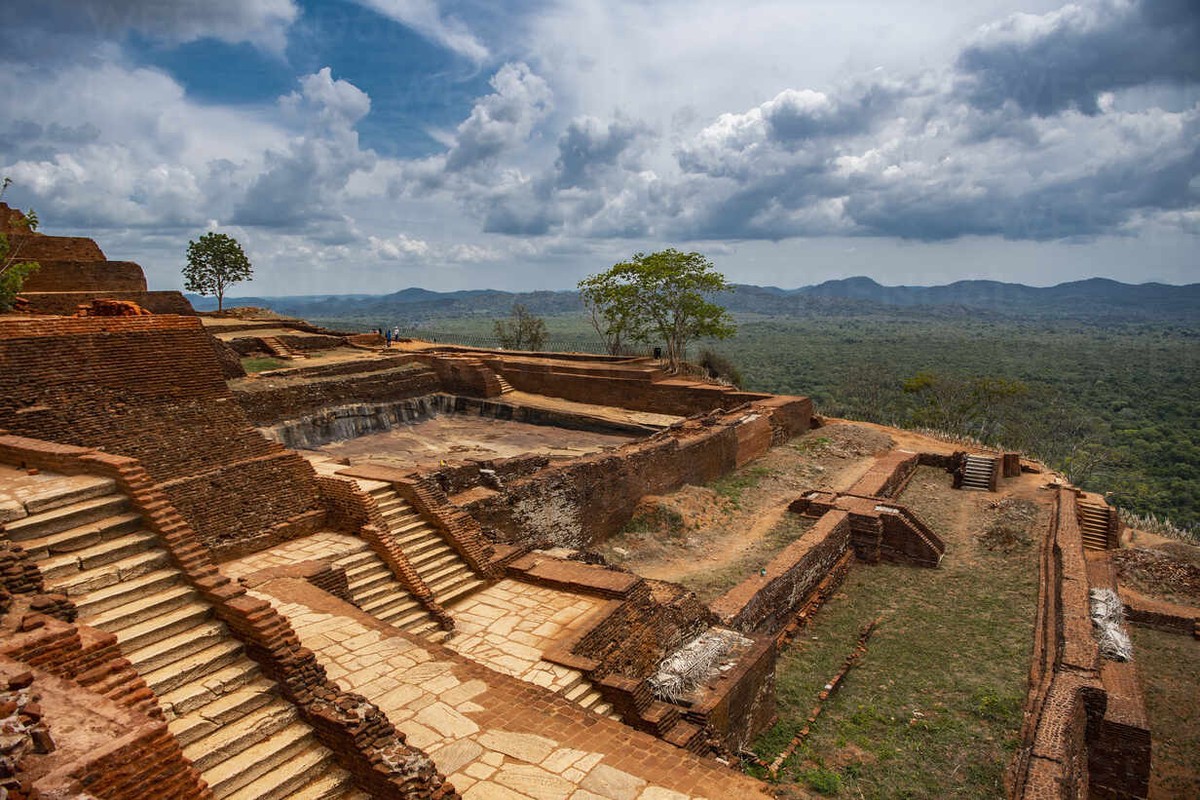
Sigiriya’s structures have largely been destroyed, leaving only the steps, corridors, walkways, architectural foundations and pools. Photo: Westend61.
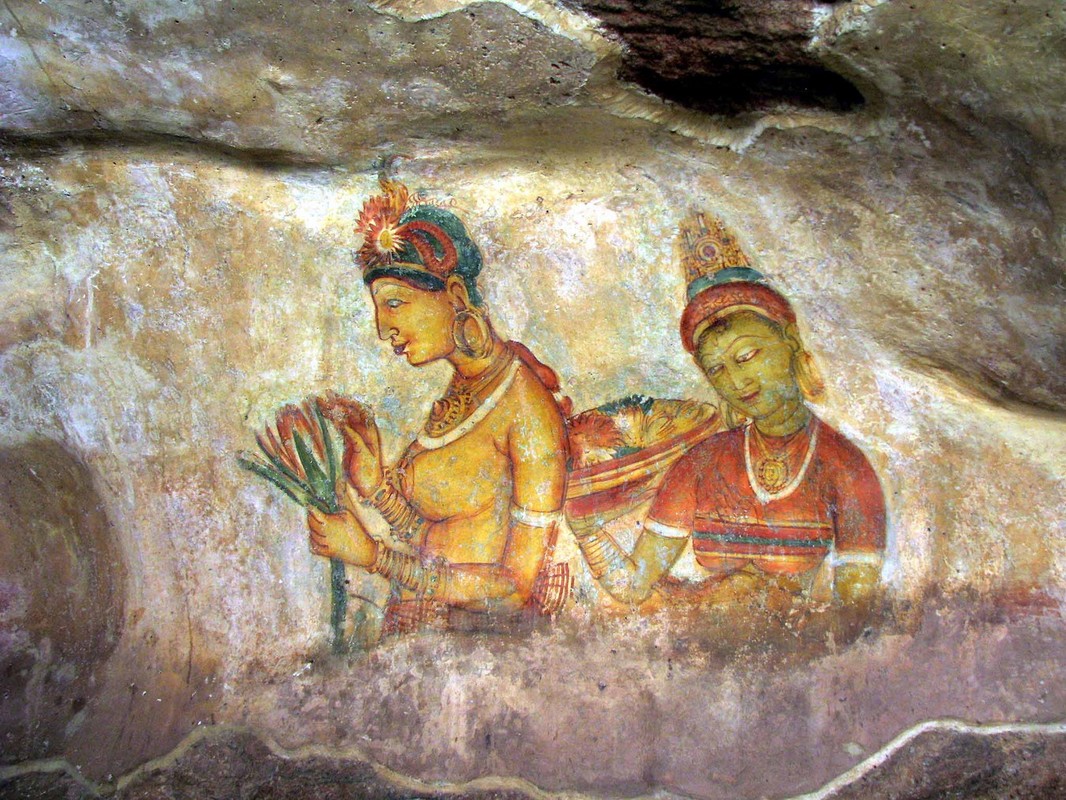
Notably, some ancient murals that are characteristic of ancient Indian civilization are still preserved. Photo: Bucket List Publications.
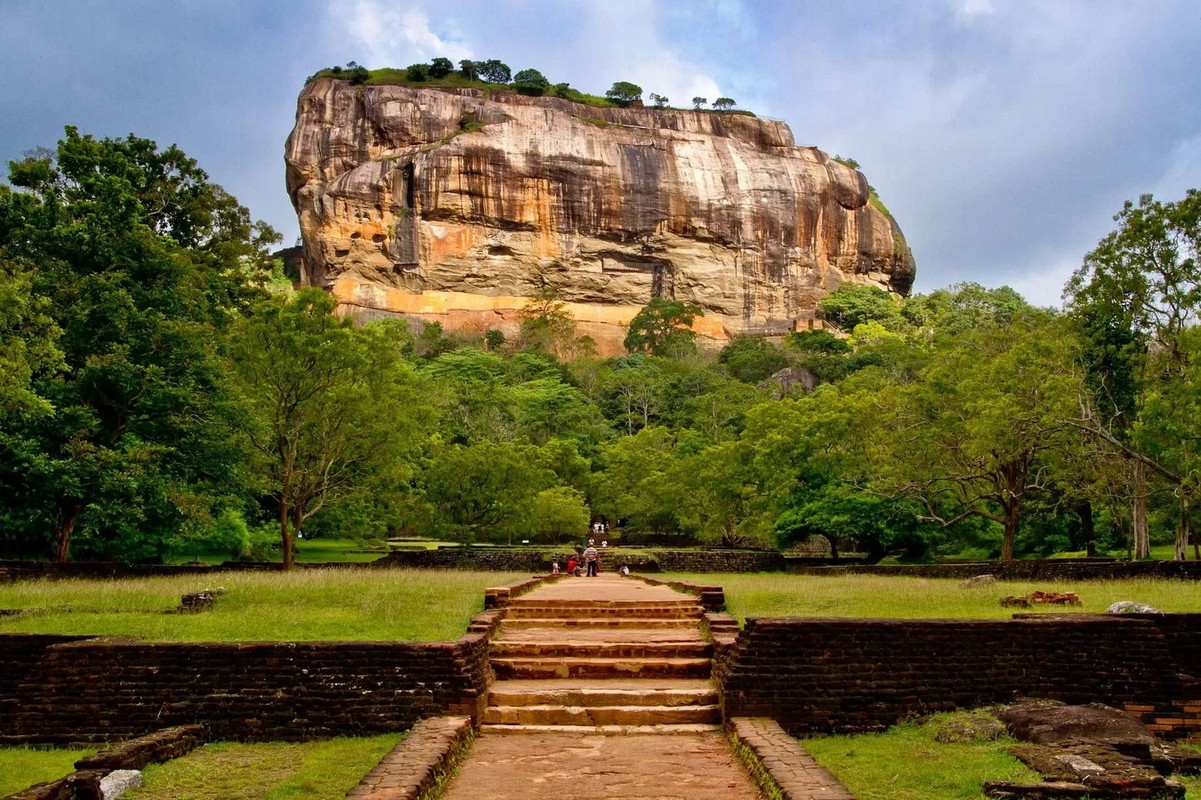
Around Lion Rock Mountain there is also a system of moats, ponds, gardens and dependent architectural works. Photo: Outofoffice.com.

According to researchers, Sigiriya was first built during the reign of King Kassapa I in the fifth century. Initially, the mountain caves here were used as Buddhist monasteries, and later palaces and gardens were added. Photo: Picker’s Pocket.
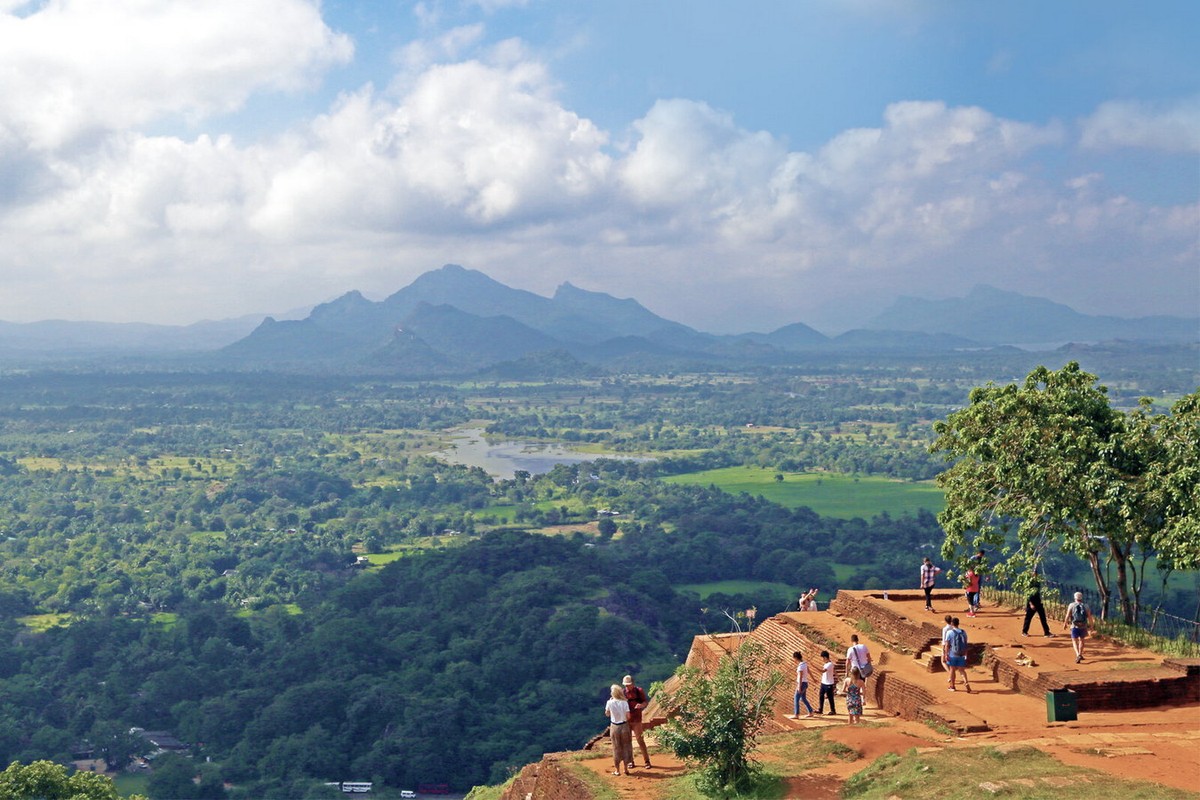
By the 14th century, this architectural complex was abandoned. It was not until 1907 that British explorer John Still found and excavated it. After that, this place was invested to become a tourist attraction. Photo: Tuljak! Travel Blog.
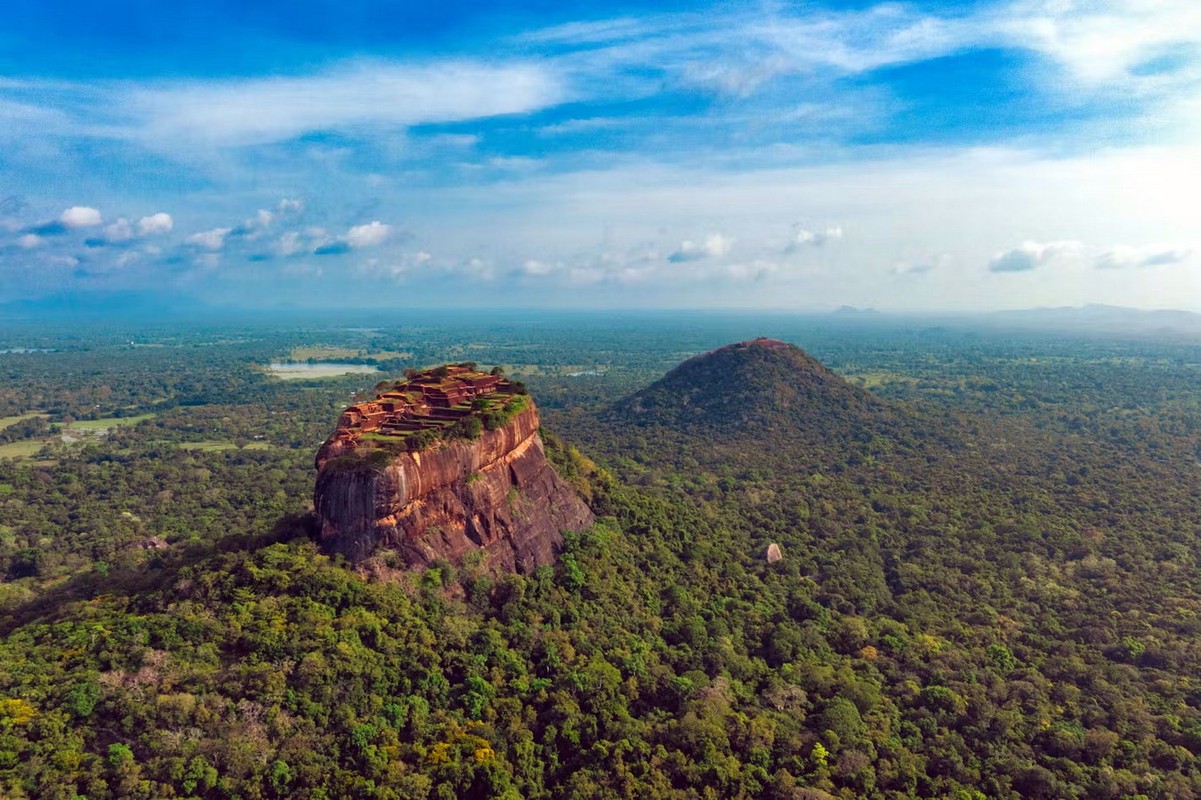
In 1982, Sigiriya Lion Rock was recognized by UNESCO as a World Cultural Heritage. Photo: Timbuktu Travel.





